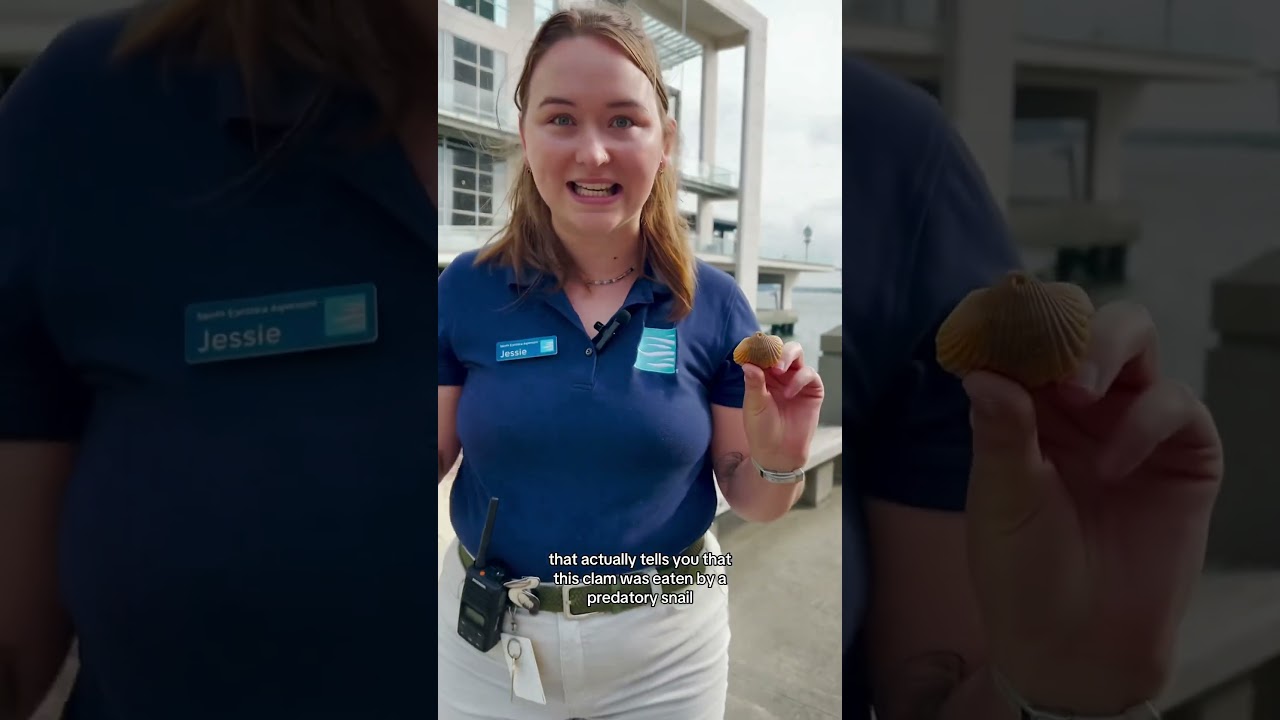- Explore the biological diversity and ecological roles of marine mollusks, focusing on shells as a vital element of their ecosystem.
- Investigate the significance of shell collecting and its impact on conservation efforts and biodiversity.
- Examine zoo management and wildlife conservation strategies to protect marine habitats and species.
- Highlight the educational aspects and public engagement strategies employed in marine life exhibits.
- Discuss innovative conservation technologies and approaches to sustaining marine biodiversity.
Marine mollusks represent a remarkable spectrum of biodiversity, playing essential roles in ecosystems throughout the ocean. From tiny snails to large cephalopods, these creatures contribute significantly to ecological balance. Their shells, often admired for their beauty, are not just decorative objects. They provide protection, aid in movement, and play a critical role in the marine food web. By stabilizing sediment and providing habitat for other organisms, shells maintain the health of marine environments.
Shell collecting, both for scientific study and personal enjoyment, can have complex implications for conservation. While it offers insights into species distribution and environmental changes over time, unsustainable practices may threaten local populations. Therefore, it is crucial to balance curiosity and conservation, ensuring that collection activities do not disrupt natural systems or endanger species.
In the realm of zoo management, conservation of marine life demands expertise and innovative practices. Zoos and aquariums serve as vital centers for the conservation of marine species, offering sanctuary and fostering research aimed at protecting biodiversity. This responsibility entails recreating natural habitats that allow marine life to thrive, while simultaneously educating the public about environmental stewardship. By participating in breeding programs and rehabilitation efforts, these institutions directly contribute to species preservation.
Public engagement strategies form a cornerstone of effective conservation. Modern marine life exhibits aim to captivate audiences while delivering important educational messages. Interactive displays, virtual reality experiences, and guided tours help visitors understand the intricate dynamics of marine ecosystems. These exhibits foster a deeper appreciation of nature, encouraging community involvement in conservation activities.
Innovative conservation technologies are paving the way for better marine biodiversity management. Tools like satellite tracking and genetic research offer unprecedented insights into species behaviors and habitats. By leveraging these advancements, conservationists can implement more effective strategies, such as targeted habitat restoration and pollution mitigation efforts. Through collaboration with technology developers, scientists are crafting solutions that hold the promise of resilient, sustainable marine ecosystems.
Every shell tells a tale of adaptation and survival, embodying the complexity and beauty of the ocean’s life forms. The challenges of preserving this richness are significant but not insurmountable. By integrating scientific research, public education, and cutting-edge technology, we can safeguard these natural treasures for generations to come.
*****
Source Description


